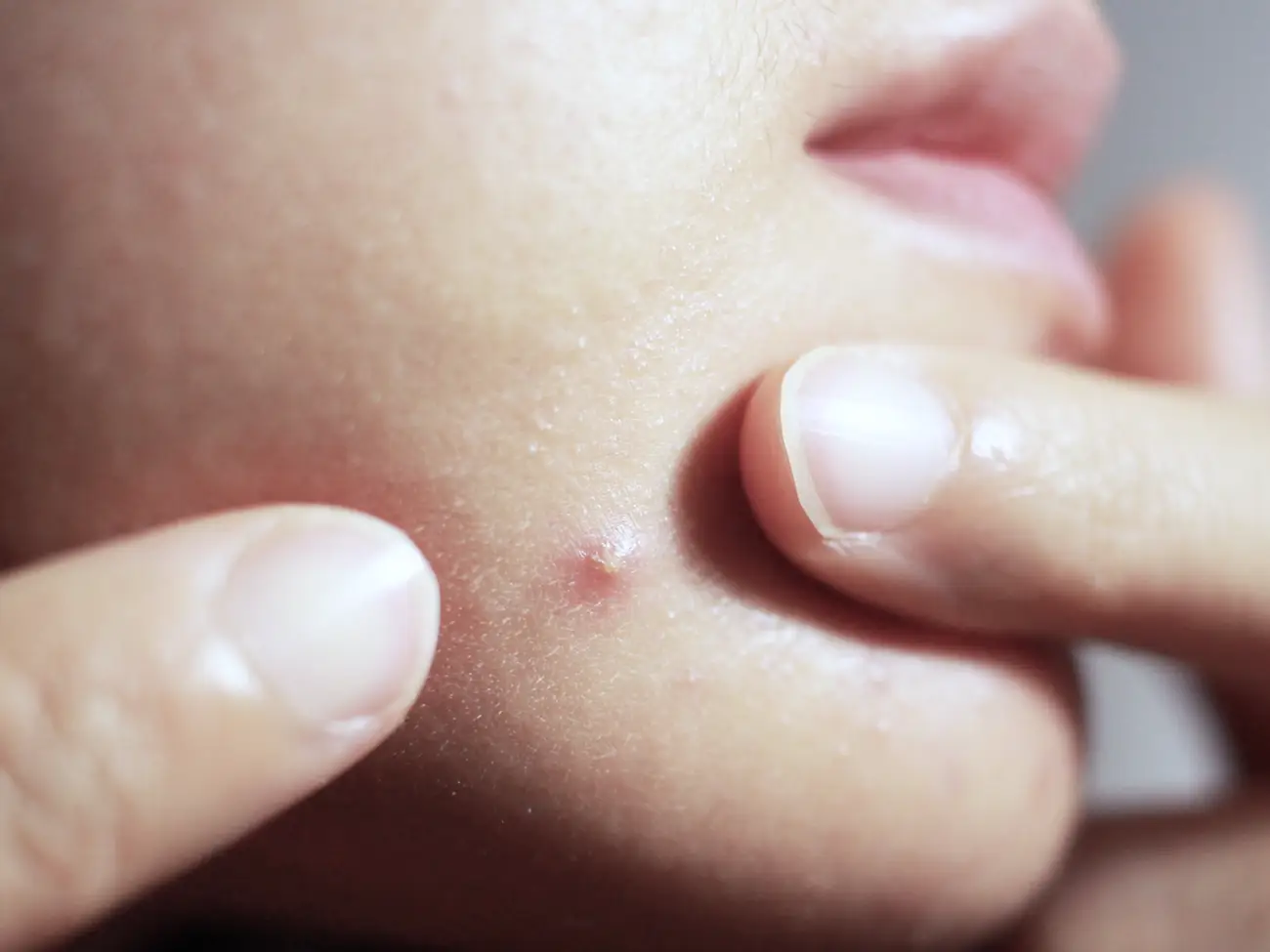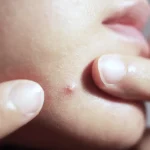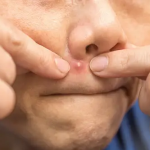Pimples, those pesky and unwelcome visitors on our skin, can not only be unsightly but also surprisingly painful. While many of us have experienced the discomfort associated with a painful pimple, understanding the reasons behind this sensation can help us better manage and treat these common skin issues.
-
Inflammation and Swelling:
Pimples are often caused by the inflammation of hair follicles, leading to the formation of red and swollen bumps. The inflammatory response triggered by the body’s immune system is aimed at combating bacteria and other irritants that may be present in the blocked pores. The swelling and inflammation can put pressure on nerve endings in the skin, resulting in pain.
-
Pressure on Nerve Endings:
As a pimple develops, it grows larger, and the accumulated pus, dead skin cells, and other debris put pressure on the surrounding tissues and nerve endings. This pressure can lead to pain, making the pimple feel tender to the touch.
Check: pimple hurt
-
Bacterial Infection:
Pimples are often associated with the presence of Propionibacterium acnes (P. acnes). When pores become blocked, these bacteria can multiply rapidly, causing an infection. The body’s response to the infection includes inflammation, which can contribute to the pain associated with a pimple.
-
Cystic Acne:
Cystic acne is a more severe form of acne that involves the development of large, painful cysts beneath the surface of the skin. These deep, inflamed lesions can be more painful than regular pimples due to their size and depth. Cystic acne often requires specialized treatment and may leave behind scars if not addressed promptly.
-
Hormonal Factors:
Hormonal fluctuations, particularly during puberty, menstruation, pregnancy, or times of increased stress, can contribute to the development of pimples. These hormonal changes can lead to an overproduction of sebum (skin oil), which, when combined with dead skin cells, can clog pores and create an environment conducive to painful pimples.
-
Overactive Sebaceous Glands:
Some individuals have naturally overactive sebaceous glands, leading to an increased production of oil. This excess oil can mix with dead skin cells and create an environment where pimples thrive. The increased sebum production may contribute to more severe and painful pimples.
Conclusion:
Dealing with a painful pimple can be both physically and emotionally taxing. Understanding the underlying reasons for the pain associated with pimples allows individuals to take proactive steps in managing their skin health. Proper skincare, a balanced diet, and stress management can all contribute to preventing and alleviating the discomfort caused by pimples. If the pain persists or if there are signs of infection, seeking advice from a dermatologist is recommended for appropriate treatment and guidance.









